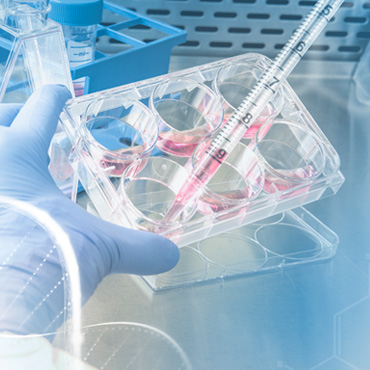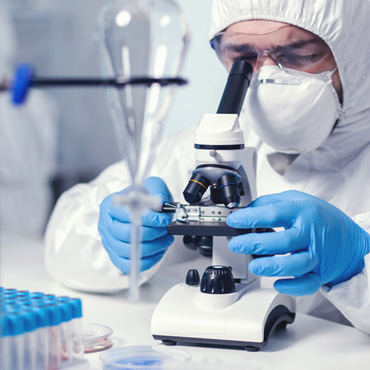Protocol
Treatment & Recovery procedures for a stem cell transplant or treatment can vary depending on the specific type of transplant and the medical condition being treated. However, here is a general overview of the typical steps involved in a stem cell transplant:- 1) Preparatory Phase
- 2) Stem Cell Collection
- 3) Transplantation
- 4) Recovery And Supportive Care
- 5) Engraftment (Immune System Treatment)
- 6) Follow-up Care
1. Preparatory phase:
Before the transplant, the patient undergoes a series of evaluations and tests to determine their eligibility and to prepare for the procedure. This may include a thorough medical evaluation, imaging tests, blood tests, and sometimes a conditioning regimen. The conditioning regimen may involve chemotherapy, radiation therapy, or a combination of both. The purpose of the conditioning regimen is to suppress the recipient's immune system and, in some cases, to eliminate the diseased cells.
2. Stem cell collection:
The stem cells used for the transplant can come from different sources. They may be collected from the patient themselves (autologous transplant), from a matched donor (allogeneic transplant), or from umbilical cord blood. Stem cell collection can involve apheresis, where blood is drawn from the donor or patient and processed to collect the stem cells. Alternatively, if umbilical cord blood is used, it is obtained from a cord blood bank.
3. Transplantation:
Once the stem cells are collected, they are prepared for transplantation. The stem cells are infused into the patient's bloodstream through a central venous catheter. The infusion is similar to a blood transfusion and usually takes several hours. The stem cells then travel to the bone marrow, where they begin to engraft and produce new blood cells.
4. Recovery and supportive care:
After the transplant, the patient enters a recovery phase, which can last several weeks to months. During this time, the patient may experience side effects and complications related to the conditioning regimen, such as nausea, fatigue, mucositis, and increased susceptibility to infections. Supportive care is crucial during this phase and may include monitoring of blood counts, administration of antibiotics and antiviral medications, transfusions, and nutritional support.
5. Engraftment: (if treating immune system health condition)
Engraftment refers to the successful establishment of the transplanted stem cells in the bone marrow, where they begin to produce new blood cells. The time to engraftment varies depending on the type of transplant and the patient's individual factors. As the new cells start to function, the patient's blood counts improve, and the immune system gradually recovers.
6. Follow-up care:
After the initial recovery period, regular follow-up visits are scheduled to monitor the patient's progress, manage any ongoing side effects or complications, and assess the long-term outcomes of the transplant. This may involve blood tests, imaging studies, and other evaluations to ensure the patient's health and well-being.
** It's important to note that the above steps are a general outline, and the specific treatment and recovery procedures can vary based on the individual patient, the type of stem cell transplant, and the medical condition being treated. The medical team overseeing the transplant will provide detailed instructions, guidance, and support throughout the entire process.



